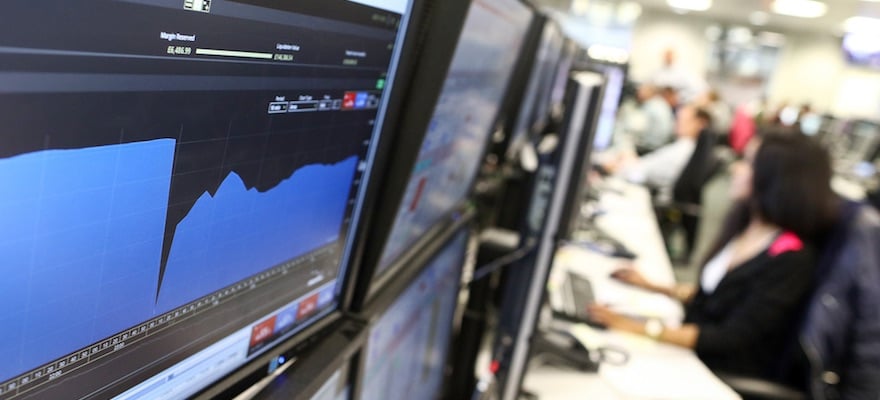The use of algorithmic execution tools in foreign exchange has increased significantly since March 2020 as coronavirus-led volatility drives FX traders to seek increased efficiencies in trading, according to the findings of a client survey conducted by JPMorgan.
Alongside other asset classes, the FX market has responded to the COVID-19 pandemic with worrying volatility. As a result of the recent turmoil, says the report, clients of JPMorgan looked to so-called adaptive algorithms that are based on the machine learning model that allows incremental learning. This has led the adoption of algos by FX market participants to surge as traders seek a competitive edge.
As FX market participants adopt sophisticated Analytics enhanced by artificial intelligence and machine learning, more than 60% of trades for ticket sizes of more than $10 million were executed in March via algorithms. This was compared to less than 50% a year ago as the potential benefits of algo trading are becoming clear, and hedge funds and real money accounts are leading the charge.
“The increased challenge of targeting a specific price, an increased market impact risk, an increased client comfort in adaptive algo logic and a decrease in concerns relating to time risk are just a few contributing factors in why adaptive and scheduled orders have become more widely used than limit-based orders,” the report said.
Adoption in FX space remains flat
The adoption of algos by FX market participants has been widely predicted for some time now. However, and despite many publications, the influential research house Greenwich Associates revealed in its latest survey that algo adoption rates in FX have remained flat over the last few years, even as algorithmic trades proliferated in other markets.
The US research firm reported that, after years of stagnation, the prevalence of algo trading in foreign exchange remains slower to gain traction than in equities and other classes.
More specifically, while nearly one in two stocks market participants is using algo trading, only 37 percent of buy-side FX traders use algorithmic trading. Further, the algo trades account for only 22 percent of overall volumes conducted by users of algo strategies.
In this report, the Connecticut-based firm attributes the relatively low level of uptake in FX to the lack of trade disclosure requirements. As a result, currency traders were unable to access to the universal data on pricing and execution that inform algorithms in equities. It further explains that after years of watching their equity peers shift business to algorithmic trades, many FX market participants’ trades have been actually originating as second-order hedges, as opposed to alpha generators. This has therefore limited many FX traders from ramping up their use of algos, despite the potential for cost savings and Risk Management .
Looking a bit deeper, the study further reveals that less than half of FX traders use benchmarks to measure trade performance. And despite that, the increase in transaction cost analysis (TCA) tools has been nothing short of remarkable in other asset classes, fewer FX investors who finally took the leap into the TCA pool themselves.
















